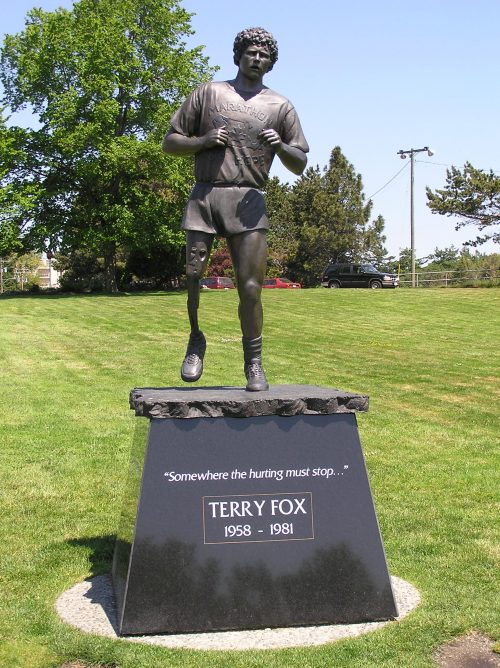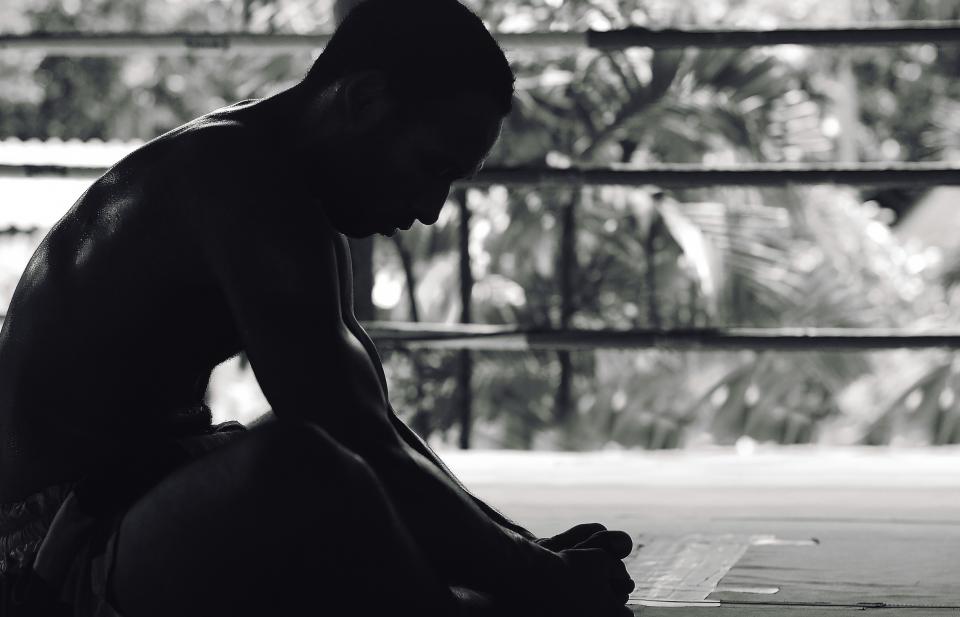Reaching Your Fitness Goals in 2017: The Mental Game (Part 1)
It would thrill me to have everyone hit his or her fitness goals. Year after year, I see an influx of people in the gym after New Years and then a decline by March.
This is an analytical analysis of what makes someone successful in fitness. This is not intended to be entertaining, and I’m going to try to do this in the fewest words possible.
“If you can’t explain it simply, you don’t understand it well enough”
-Albert Einstein
There are three facets of fitness: mental, physical and lifestyle. Think of it as only two: physical and lifestyle, with mental contributing to the success of both. Therefore, this is a three-part series.
The reason most fitness goals fail is not because someone is a terrible athlete or loves eating unhealthy foods. It is because they are mentally unprepared. You need three things: motivation, enjoyment, and reward.
Motivation
Motivation can be broken into two couplets: intrinsic vs. extrinsic and positive vs. negative. Here are the examples:
Intrinsic – Imagine there is a fire burning inside you. You throw more wood on the fire. Why? Because you can. You just do it.
Extrinsic – This is something you get from exercising. You want to look good at the beach, you want to finish an Ironman Triathlon, or you want to flex and take selfies of yourself to post on the Internet. Inspirational quotes, etc. also fall into this category.
Positive – Terry Fox was diagnosed with cancer and decided to run across Canada to raise money for cancer research. He did it for the greater good of humanity. That is positive motivation.
Negative – Your significant other just dumped you, and you want to get a revenge body. “Revenge body?” **sigh** What a society we live in today.
Intrinsic > Extrinsic; Positive > Negative
Any motivation is good motivation. It’s just that extrinsic motivation is fleeting and negative motivation is not as strong a motivator as positive (at least for me).
Enjoyment
At the intersection of fulfillment and pleasure, we encounter enjoyment. Lucky for you, fitness has such a diversity of activities that there is something for everyone. You need to find what you enjoy. Then you must increase the complexity or difficulty of the activity to sustain that initial enjoyment.
Psychologists like to use the term flow to describe the experience of enjoyment. Your sense of time is diminished as you immerse yourself in the activity. If you are counting the minutes until you will be finished exercising you are not in flow.
Focus intently on the activity. Thinking of the muscles you are using, listening to your breathing or your heartbeat are all good techniques to maximize flow. If the activity you love no longer produces a flow experience, it is time to move onto a new challenge. Reflecting on the experience will allow you to recognize this and make the necessary changes.
Reward
 Spa day! All you can eat sushi! Treat yo’ self! Everyone loves a nice reward, but make sure you earn it.
Spa day! All you can eat sushi! Treat yo’ self! Everyone loves a nice reward, but make sure you earn it.
Even though materialistic rewards are the norm in today’s society, in actuality, the most rewarding experience is giving and helping others. Imagine if every time you accomplished a fitness goal, you gave back to someone in need. There’s some more positive motivation. Just what we needed.
A personal trainer or coach can give you small amounts of motivation, enjoyment, and reward. A great trainer or coach develops an intelligent & emotional understanding of what exactly makes you tick and this increases their effectiveness. But nobody can understand you like you. Only you have experienced everything in your life first hand.
Draw on that experience, reflect on who you are, and develop self-awareness.
Now Put Them Together
OK, here is what I suggest you do:
1. Think of or write down all your motivations (at least 3 for each):
- Intrinsic – Your innermost feelings, go into to the vault and confront them.
- Extrinsic – What you hope to gain.
- Positive – Your loved ones etc.
- Negative – Your haters – put a chip on your shoulder.
2. Develop a list of at least 10 activities that you want to try.
3. Think of at least 20 rewards once you have achieved your goals (make sure some are not about yourself). It is good to have small rewards and big rewards. Depending on the time put in to achieve them, reward yourself accordingly.
Congratulations! You’re now more mentally prepared than you were. Boy that was easy! Celebrate with your first reward!
*Intrinsic motivators are the toughest category to fully define, but also the most important. Intrinsic motivation is always deeply personal, and requires you to confront your fears & insecurities. It may involve a traumatic event, but take solace that everyone has to overcome difficulties in life. Everyone feels marginalized at some point. It is perfectly understandable and part of life. I encourage you to take time before you even start to fully reflect on your motivations. And always show compassion for others and believe in yourself.
**Mental techniques such as visualization will be included in the physical blog post.







